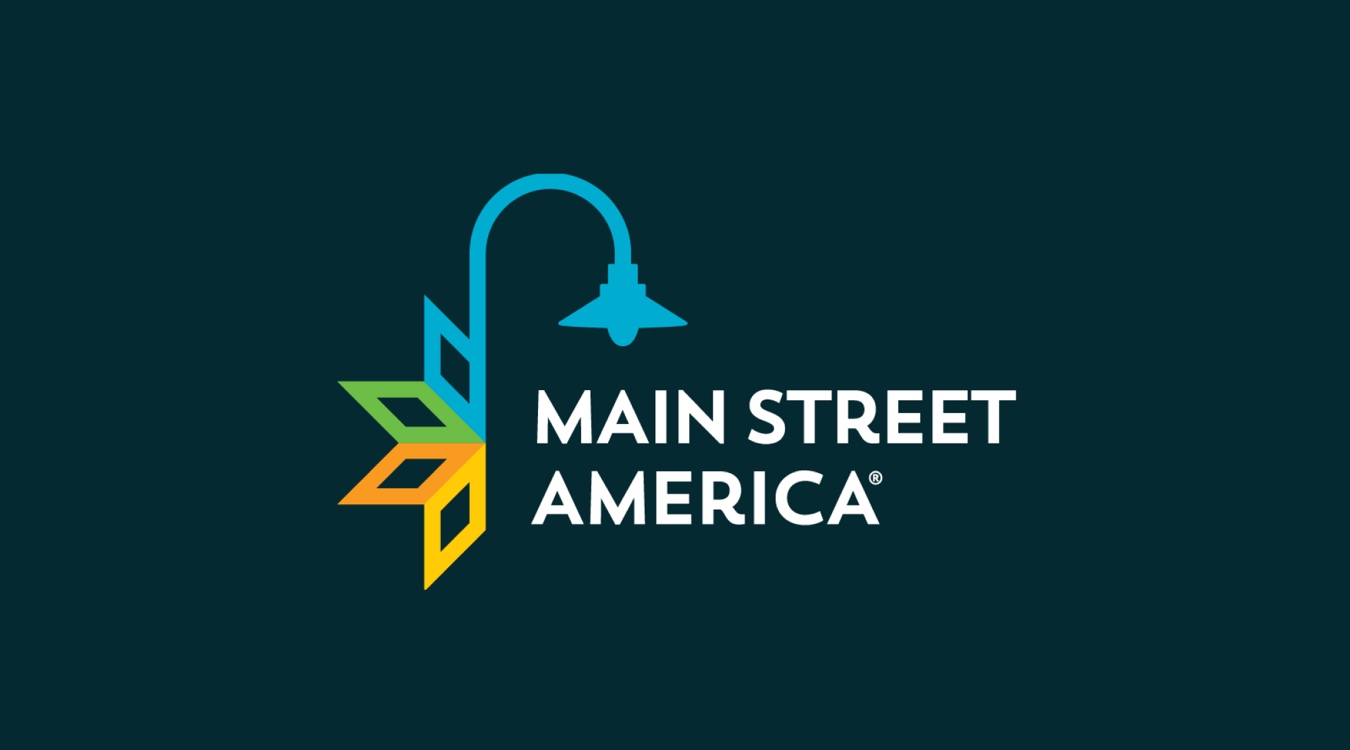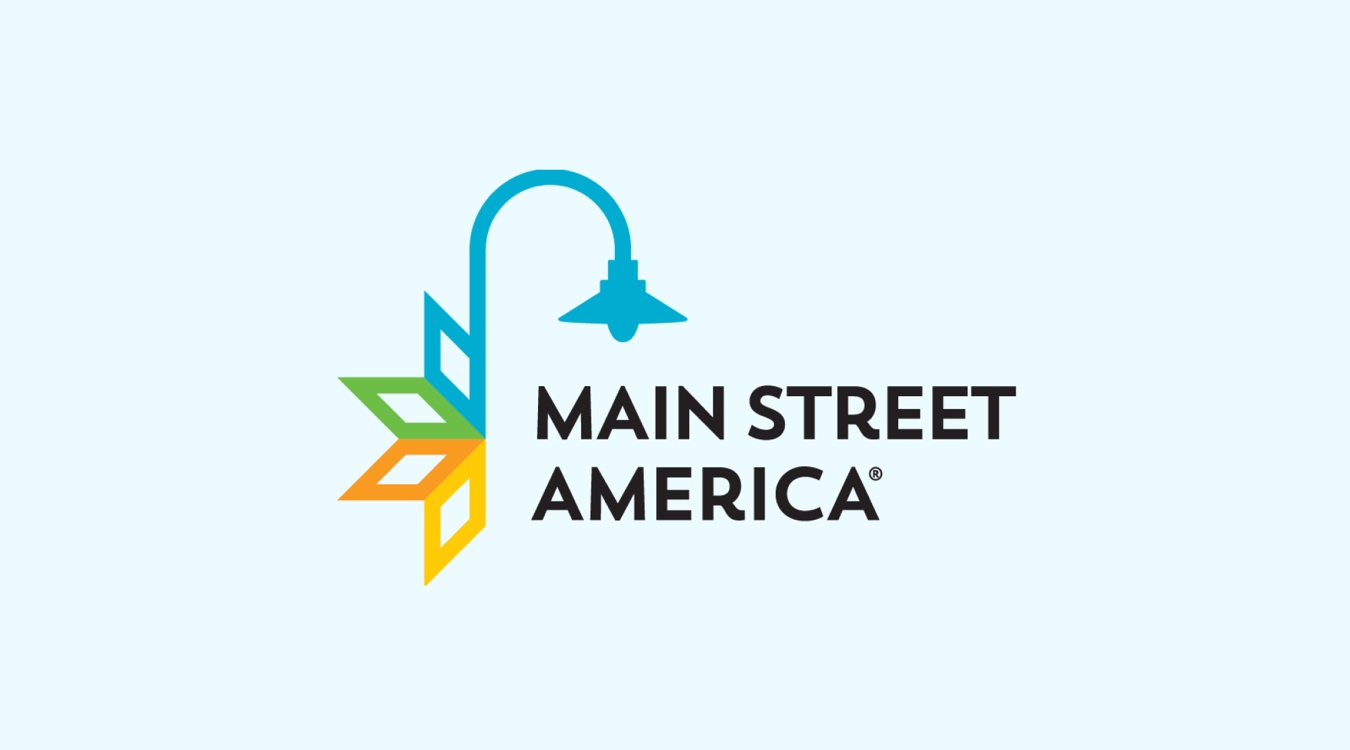In Shoalwater Bay, SBIT had engaged with many of its partners long before planning our first TCP visit, but not all of them had seen the challenges firsthand. SBIT staff organized an incredible visit where these partners toured important sites and to see and understand the tribe’s progress to date. During the SBIT visit, the Main Street America TCP team facilitated partnership mapping and action planning workshops that began to document how a diverse collection of partners can work together to support SBIT.
Across our 20 TCP communities, our local partners have been able to secure participation from regional planning organizations, state departments of transportation, federal agencies, philanthropic foundations, community based organizations, housing councils, tourism agencies, art centers, and more.
2. Document Your Partnership Landscape
For successful ongoing partnerships, it’s important to know what role a partner may play in each transportation goal (what resources they bring to the table) and why they might be interested (what does their organization get out of the partnership to advance their own mission). Keeping a record of these motivations and roles is important in managing diverse partnerships.
Partnerships also represent personal relationships — so as staff members change, the structure of the partnerships may fray or become lost. A strong documentation process can smooth out these changes and ensure consistent communication.
In Shoalwater Bay, we came up with the idea for a partnership Rolodex as a way to document the structure of a partnership and the individual contacts within. We wanted a tool that could help any individual or organization in the group identify their role and see the roles of others to maximize connections across the groups. We also wanted a tool to support a small staff as they hold together and manage institutional relationships, especially as the organization adds new staff members or experiences turnover.
Our team members at the National Association of Development Organizations are leading the development of a useful tool to map and track a system of partnerships for every TCP community. The tool will help these communities as they develop transportation priorities and pursue competitive grants. They can use the tool to:
- Develop a broader story about the purpose and need for the project they are developing.
- Identify actionable roles for project partners.
- Identify additional resources that could be contributed to the project (in-kind, etc.).
- Develop more detailed and specific letters of commitment from project participants.
3. Think Outside the Box
You may have a list of partners that you turn to when developing new projects, but it can also be helpful to look outside your existing relationships to identify new partners who can strengthen your work. Try these four questions to go beyond the list of usual suspects and broaden your partnership landscape:
- Who is already working in your community to build or protect assets like health and wellbeing, physical infrastructure, natural resources, and more?
- Who is not usually at the table to plan and implement projects (low-income households, youth or older adults, new residents, people with limited English proficiency, people of color, others)?
- Who is already working with those underserved populations?
- What private sector entities might care about your transportation initiative?
Beyond the Thriving Communities Program
Main Streets are part of our transportation infrastructure, but they’re also a powerful platform for transformation in thriving communities. While transportation projects can seem like a tall order for small, resource-strapped organizations, an individual or group of any size can take the lead to map out and identify a supportive system of partners.
But my experience with the Shoalwater Bay Indian Tribe and other partners goes beyond transportation. In all Main Street work, individuals and small groups can leverage partnerships to have transformative impacts. I hope you can apply the lessons I have learned through the TCP — meeting partners face to face, documenting our partnership landscape, and thinking outside the box — to your next project, partnership, or initiative.





















































